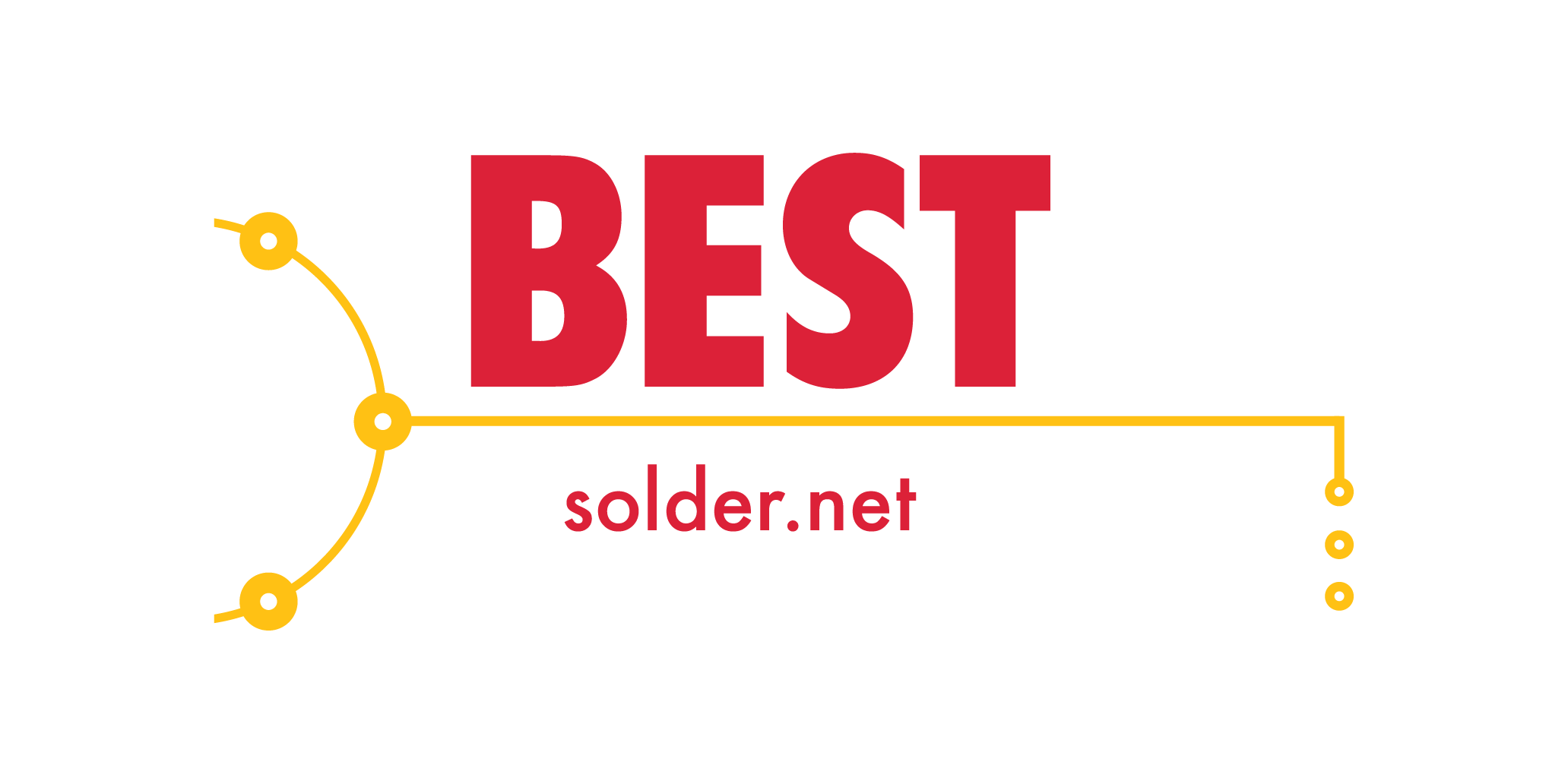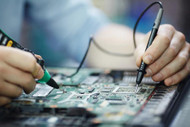A Beginner's Guide to PCB Rework: Tips and Techniques
Posted by Staff - Soldertraining on Dec 29th 2022
PCB rework is the process of making changes to or fixing flaws on a printed circuit board after it has already been produced or assembled. This may require anything from changing components to cleaning up excess solder to fixing broken traces or pads. Circuit board rework is a crucial step in electronics production because it allows manufacturers to address any issues with their final products before they reach the end user.
Types of PCB Rework
Surface mount technology (SMT) rework and through hole technology (THT) rework are the two most common forms of the printed circuit board (PCB) rework. Surface mount technology, or SMT, refers to small, flat components that are soldered directly onto the surface of a printed circuit board.
Through-hole rework (THT rework) is the process of changing or repairing printed circuit boards (PCBs) that have through-hole components, or components whose leads are inserted through holes in the PCB and soldered on the reverse side.
Tools and Techniques
Depending on the nature of the repair, PCB rework may involve any number of tools and methods. The following are examples of popular methods and resources:
- Soldering iron: To melt and fuse metal pieces together with solder, a soldering iron is a hand-held tool. This tool is essential in PCB to rework since it is used to remove and replace components, fix damaged traces or pads, and resolder joints.
- Soldering wick: Solder wick, also known as solder wicking, is a braided copper wire that is used to remove excess solder from a printed circuit board. Utilized in tandem with a soldering iron, it helps in de-soldering joints and taking out components from printed circuit boards.
- Hot air rework station: Removing and replacing surface mount components on a PCB requires a specialized instrument called a hot air rework station. By applying heat to the component and PCB, it facilitates removal and replacement.
- Tweezers: During PCB rework, tweezers are used to hold and move tiny components and pieces. They're handy for keeping parts in place while soldering or de-soldering.
- Magnifying glass: Technicians can make better use of the PCB's tiny details and text with the help of a magnifying glass. Particularly useful for dealing with tiny components or fixing broken traces or pads.
Benefits of Proper PCB Rework
It is crucial to do PCB rework correctly to guarantee the longevity and performance of electronic devices. When PCB rework is done correctly, it can have many positive results.
- Increased product dependability: In order to make products more reliable and less likely to break, businesses often repair PCBs that have flaws or faults. As a result, you may see an uptick in positive feedback from customers and a decrease in the price of warranty repairs.
- Increased productivity: If done correctly, PCB rework can improve production efficiency and reduce waste. Early detection and correction of mistakes and flaws can help businesses save money and time that would otherwise be spent on repairs and rework.
- Increased competitiveness: Companies may stand out from the crowd and get an edge in the marketplace by creating superior, defect-free products.
- Improved long-term viability: The manufacturing process can be made more environmentally friendly by careful PCB rework. Companies can lessen their negative effect on the environment by resolving faults and flaws as soon as possible.





